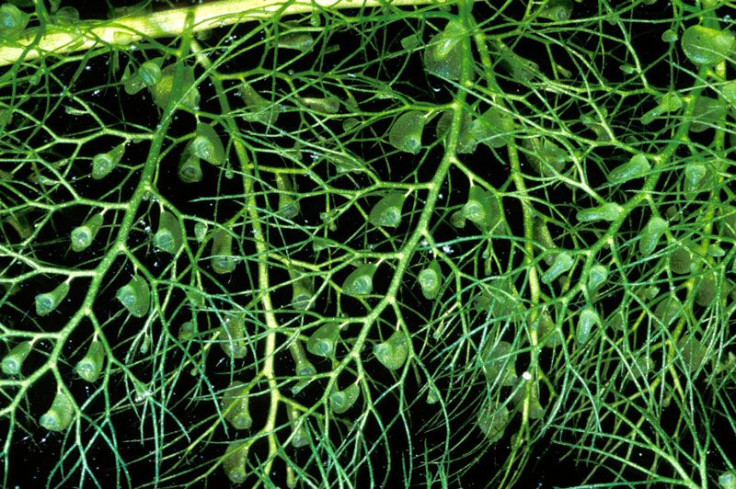‘Junk DNA’ Is Expelled In Carnivorous Bladderwort; What About Humans?

Repetitive "junk DNA" may be just that — disposable genetic material. A new study of the carnivorous bladderwort reveals that, unlike humans, the plant purges most nonfunctional DNA from its own genome without hindering complex functions.
Only 2 percent of DNA in the human genome contains genes, which encode proteins for specific functions. The other 98 percent is a massive amount of repetitive non-coding DNA that seems to have accumulated over countless generations. Researchers have named it "junk DNA," and its purpose, if any, is unclear.
Last year, the high-profile international genetic consortium known as the Encyclopedia of DNA Elements (ENCODE) project found that as much as 80 percent of the non-coding human DNA showed some biochemical activity in lab tests, indicating possible roles in regulating genes. It's still unclear how vital such activity is, though the group is hopeful that some explanation is forthcoming.
The bladderwort genome study, published yesterday in the journal Nature, suggests that in these plants, most non-coding DNA is not needed for complex life.
While human DNA is mostly non-coding, researchers say the bladderwort, known scientifically as Utricularia gibba, has a dramatically low proportion of junk DNA.
"The big story is that only 3 percent of the bladderwort's genetic material is so-called 'junk' DNA," said researcher Victor Albert of the University at Buffalo in a news release.
"Somehow, this plant has purged most of what makes up plant genomes. What that says is that you can have a perfectly good multicellular plant with lots of different cells, organs, tissue types and flowers, and you can do it without the junk. Junk is not needed."
Bladderworts are highly complex, specialized plants, and their minimalist genome indicates that large amounts of DNA are not necessarily related to higher function.
While the distantly related tomato plant has about 780 million DNA base pairs in its genome, the bladderwort only has 80 million.
Yet they thrive, with a remarkable degree of complexity. Found in swampy habitats, bladderworts float near the water's surface and capture prey by pumping water in and out of small "bladders" that trap and digest aquatic creatures.
The pared-down bladderwort genome "is further evidence that the plant has been prolific at deleting nonessential DNA, but at the same time maintaining a functional set of genes similar to those of other plant species," said co-author Luis Herrera-Estrella, a professor at Laboratorio Nacional de Genómica para la Biodiversidad (LANGEBIO) in Mexico, in a press statement.
Albert and Herrera-Estrella's team suggest that junk DNA has no purpose for most living things — some are just more proactive about getting rid of it than others.
Some species, like bladderworts, probably have a built-in tendency to periodically cut out non-coding DNA that accumulate in their genomes, say the researchers.
On the other hand, species like humans as well as other plant species like corn and tobacco, may be genetic hoarders, letting non-coding DNA build up over many generations despite its neutral value.
It's unclear why certain species reduce their non-coding DNA while others allow it to multiply, though more findings are surely forthcoming. The species list of sequenced genomes grows ever larger, and it's possible that animal equivalents of the efficient bladderwort genome can shed more light.
In any case, the larger debate about junk DNA's purpose is likely to continue for some time.
Ewan Birney, a lead researcher in the ENCODE project, probably won't concede that non-coding DNA is merely taking up space in the human genome.
"Personally, I think everything that is being transcribed is worth further exploration," he told Scientific American last year, "and that's one of the tasks that we will have to tackle in the future."
Citation:
Ibarra-Laclette et al. Architecture and evolution of a minute plant genome. Nature, May 12, 2013 DOI: 10.1038/nature12132



























